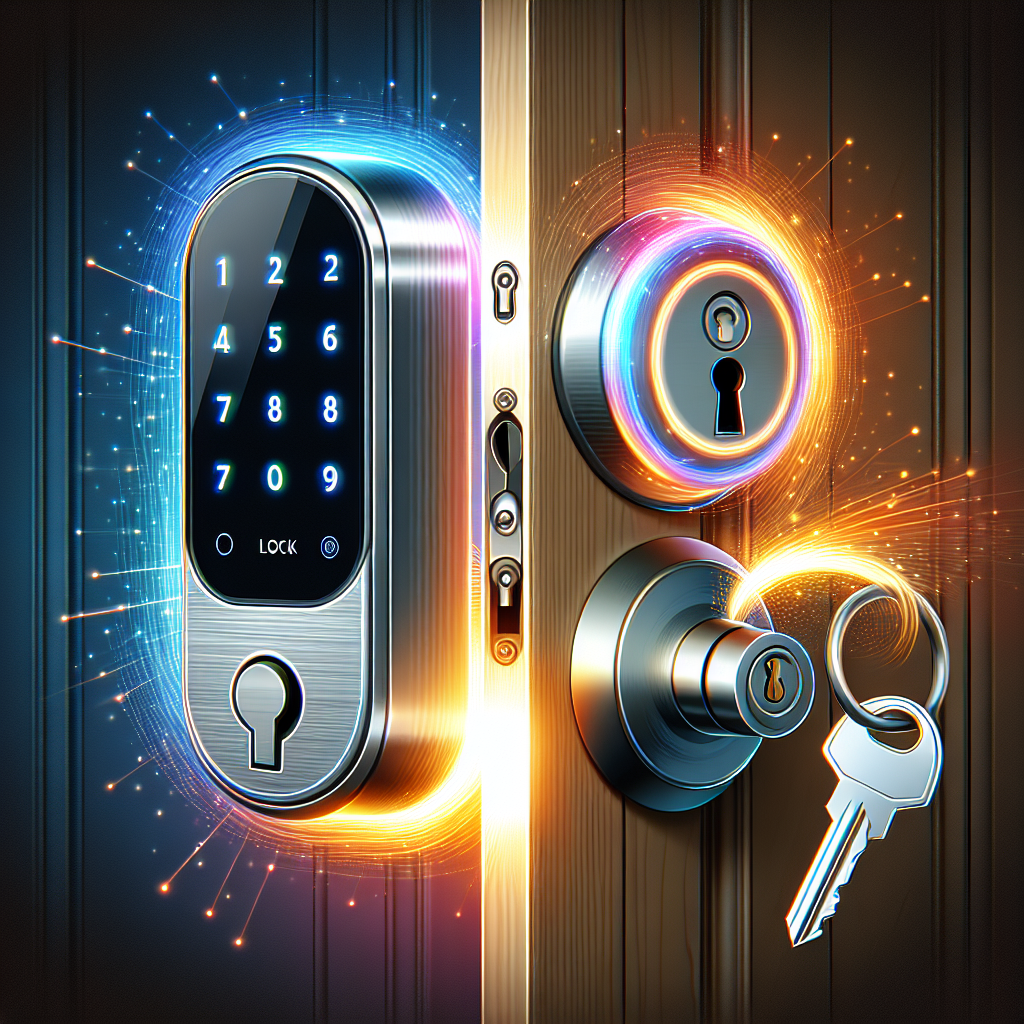Home improvement projects can be a significant investment, both in terms of time and money. As homeowners, it’s essential to strike the right balance between splurging on high-end upgrades and saving money on budget-friendly alternatives. But how do you know when it’s appropriate to splurge and when it’s wise to save? In this comprehensive guide, we’ll explore strategies for maximizing your investment and achieving the best return on your home improvement projects.
Understanding Your Goals
Before diving into any home improvement project, it’s crucial to understand your goals and priorities. Are you renovating with the intention of selling your home soon, or are you planning to stay for the long haul? Identifying your objectives will help you determine where to allocate your budget and whether it makes sense to splurge or save on certain upgrades.
Splurge-Worthy Upgrades
Certain home improvements are worth splurging on, as they can significantly enhance the value and appeal of your home. These include:
1. Kitchen Renovations
The kitchen is often considered the heart of the home and a key selling point for potential buyers. Investing in high-quality materials, such as solid wood cabinets and granite countertops, can make a big impact on the overall look and feel of the space. Additionally, upgrading to energy-efficient appliances can save you money on utility bills in the long run.
2. Bathroom Remodels
Bathrooms are another area where splurging on quality materials and fixtures can pay off. Consider investing in luxurious features such as a spa-like shower, freestanding bathtub, or high-end tile for a more upscale and inviting bathroom.
3. Energy-Efficient Upgrades
Investing in energy-efficient upgrades, such as insulation, windows, and HVAC systems, can yield significant long-term savings on energy bills. While these upgrades may require a higher upfront investment, they can ultimately pay for themselves through reduced energy costs and increased resale value.
Budget-Friendly Alternatives
Not all home improvements require a hefty investment to achieve a desirable result. There are plenty of budget-friendly alternatives that can help you save money without sacrificing quality. These include:
1. Cosmetic Updates
Simple cosmetic updates, such as painting walls, updating hardware, and replacing light fixtures, can make a big impact on the appearance of your home without breaking the bank. These projects are relatively easy to DIY or can be completed affordably by hiring a professional.
2. DIY Projects
Many home improvement projects can be completed DIY with the right tools and knowledge. Consider tackling smaller projects yourself, such as installing shelving, laying tile, or refinishing furniture, to save money on labor costs.
3. Shop Smart
When purchasing materials and fixtures for your home improvement projects, be sure to shop around for the best deals. Look for sales, discounts, and clearance items to save money without compromising on quality.
Conclusion
When it comes to home improvements, it’s essential to strike the right balance between splurging on high-end upgrades and saving money on budget-friendly alternatives. By understanding your goals, prioritizing upgrades that offer the best return on investment, and shopping smart, you can achieve the home of your dreams without breaking the bank. Whether you’re renovating to sell or planning to stay for the long haul, making informed decisions about when to splurge vs. save will help you maximize your investment and achieve the best possible outcome for your home.


